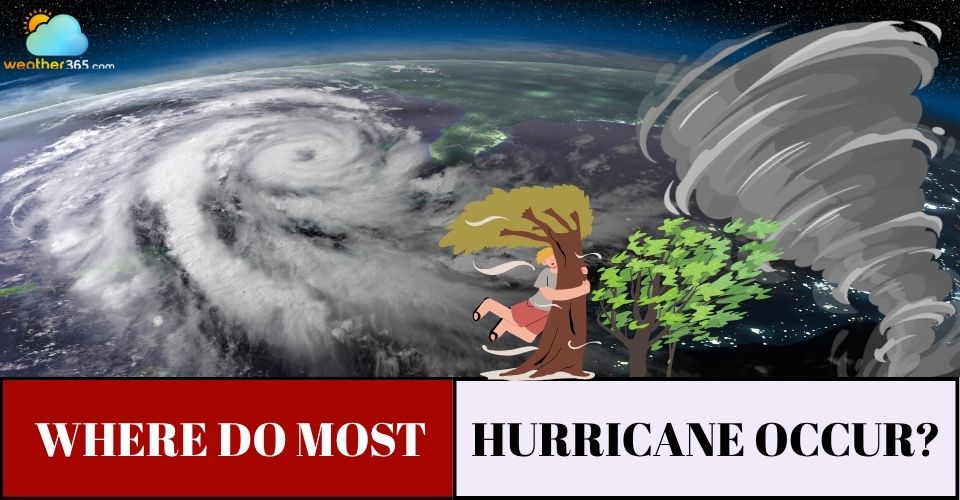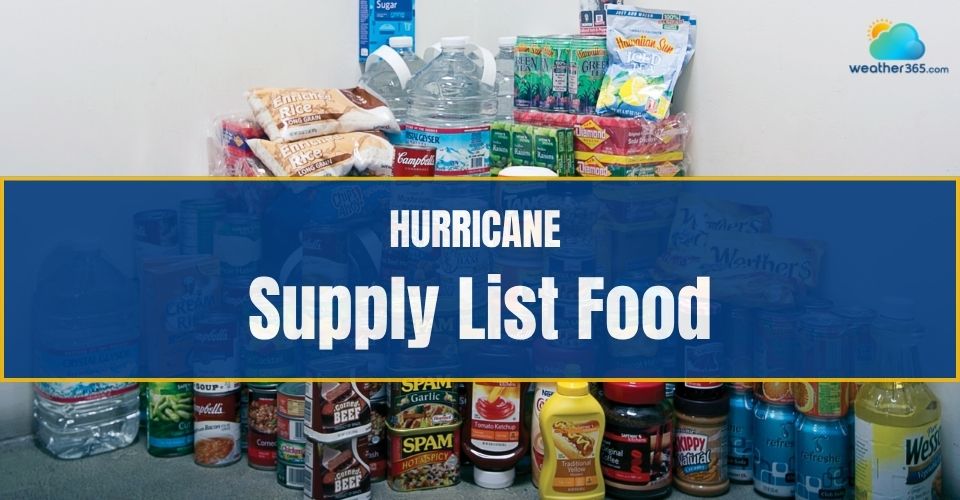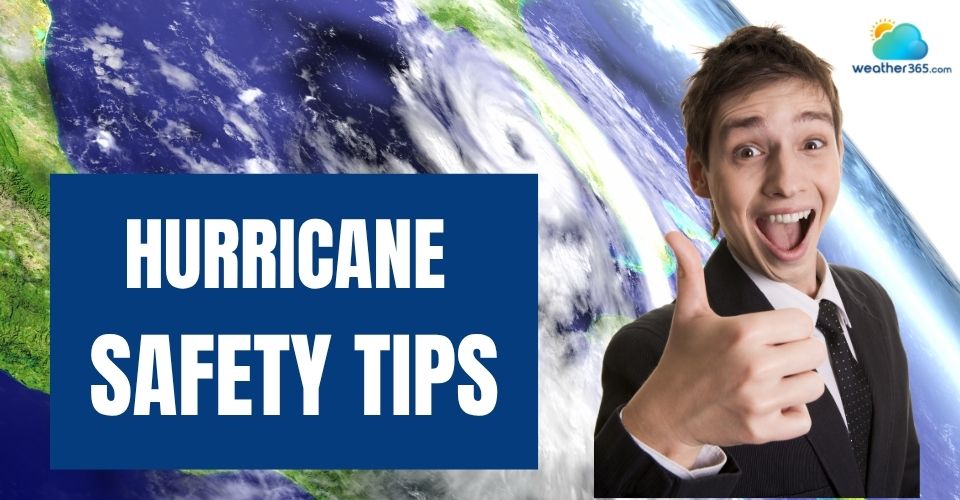What is the difference between a hurricane typhoon and cyclone? Interesting Explanation
What is the difference between a hurricane typhoon and cyclone? These are common weather terms, but they also make people misunderstand and even debate which situation they should use. If you are in that circumstance, keep reading this post. We are going to explain them clearly.
.jpg)
Difference between hurricane, cyclone, and typhoon
What is the difference between a hurricane typhoon and cyclone?
Hurricanes, typhoons, and tropical cyclones are the same type of tropical storm.
These terms describe large, low-pressure tropical systems with winds over 74 mph (119 kph) and heavy rain.
The name varies by region:
-
"Hurricane" in the North Atlantic and Northeast Pacific,
-
"Typhoon" in the Northwest Pacific
-
"Tropical cyclone" in the South Pacific and Indian Oceans.
These storms are typically 8–10 km high and up to 800 km wide, moving at 16–24 kph, but sometimes faster.
Regardless of the name, they can be extremely destructive, and preparation and response are key to resilience.
Look at the table below to see the difference between a hurricane typhoon, and a cyclone:
|
Hurricane |
Typhoon |
Cyclone |
|
|
Geographic |
Atlantic Ocean & Northeast Pacific Ocean |
Northwest Pacific Ocean (e.g., East & Southeast Asia) |
South Pacific & Indian Ocean |
|
Affected Region |
United States East Coast and Caribbean |
Philippines, China, and Japan |
From Australia to Mozambique |
|
Wind speed |
119-153km/h |
119-153km/h |
119-153km/h |
|
Time |
|
May to October |
November and April |
|
Example |
Hurricane Katrina (Atlantic), Hurricane Hilary (Northeast Pacific) |
Typhoon Haiyan (Philippines), Typhoon Ketsana (Vietnam) |
Cyclone Freddy (Indian Ocean), Cyclone Gabrielle (South Pacific) |
How does a tropical storm form?
Tropical storms develop over warm ocean waters near the equator. Warm air rises, creating low pressure, and as it cools, it's replaced by more rising warm air.
This ongoing cycle produces strong winds and rain. As the system strengthens and rotates, an eye forms at the center.
The eye of the storm is calm, clear, and has extremely low air pressure.
When wind speeds reach 63 km/h (39 mph), it is called a tropical storm.
It becomes a tropical cyclone, hurricane, or typhoon when winds hit 119 km/h (74 mph).
.jpg)
The development of a tropical cyclone
Why are hurricanes, cyclones, and typhoons given names?
You must have heard about Hurricane Katrina ( 2005), Typhoon Haiyan (2013), and Cyclone Belal (2024).
Have you ever wondered why these storms are named at all?
Amar Rahman, Global Head of Climate and Sustainability Solutions at Zurich Resilience Solutions, explains: “Hurricanes, typhoons, and tropical cyclones are given short, memorable names to avoid confusion when multiple storms happen at the same time. Naming helps meteorologists track and communicate about them more effectively, and it also raises public awareness, increasing the chances that people will follow safety guidance during these events.”
.jpg)
Cyclones are named to distinguish
Distinguish tornadoes from hurricanes
Apart from mistaking hurricane typhoon and cyclone, people are also getting confused about tornado vs hurricane.
Tornadoes and hurricanes are both powerful storms with rotating winds, but they are very different in how they form, how long they last, how large they are, and how much warning they provide.
Tornadoes form from thunderstorms, are short-lived, and appear suddenly.
Hurricanes form over warm ocean waters, can be tracked in advance, and last much longer.
Tornadoes are smaller but can produce stronger winds.
Here are the differences between tornadoes and hurricanes
|
Feature |
Tornado |
Hurricane |
|
Type |
Funnel-shaped storm from a thunderstorm |
Large tropical storm system |
|
Formation |
Hot, humid ground air + cool upper air + wind shear |
Warm ocean water + moist air + low pressure |
|
Size |
Up to 0.5 mile (0.8 km) wide |
Hundreds of miles wide |
|
Duration |
Usually less than 15 minutes |
Can last for days |
|
Wind speed |
Up to 300 mph (483 kph) |
Up to 200 mph (322 kph) |
|
Warning time |
Little or no warning |
Can be tracked days in advance |
|
Frequency (in US) |
~1,200 per year |
~10 per year |
|
Region of occurrence |
Land, often central U.S. (Tornado Alley) |
Coastal areas, especially Atlantic and Gulf regions |
Read more:
Conclusion
What is the difference between a hurricane typhoon and cyclone? They are the same type of weather phenomenon - a tropical cyclone, but the terms are used in different regions. Hope you understand these weather terms clearly through this post.
Some frequently asked questions
Hurricane Patricia (2015) in the Pacific holds the record for the highest reliably observed 1-minute sustained winds in a tropical cyclone worldwide at 215 mph (345 km/h).
Hurricane Katrina (2005) is often cited as the costliest Atlantic hurricane, with estimated damages of $125 billion (nominal) or $186.3 billion (normalized to 2005 dollars).





0 Comment
Leave a comment
Your email address will not be published. Required fields are marked *